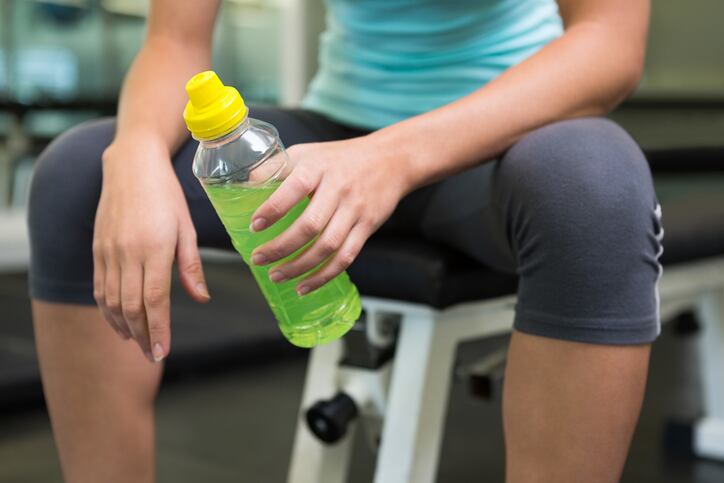Research supporting the use of sports drinks as part of active lifestyles and a balanced diet, and transparency in the marketing of these products, has been crucial to their growth and development over recent decades. Today, there are a large number of studies that show the benefits of sports drinks before, during and post-workout. And consumers are also becoming more aware of what they are purchasing, thanks to the industry’s informative and targeted communications strategies.
Yet, promoting the value of sports drinks is not as straightforward as the industry would hope. This is partly due to regulatory barriers but also to misinformation which surrounds these products. Here are the main issues and myths about sports drinks and what industry can do to debunk them.
Products high in fats, sugars and/or salt (HFSS)
With the increasing prevalence of obesity in Europe, the EU and the UK have or are in the process of introducing legislation to limit the consumption of products which are high in certain nutrients, and in particular salt, fats and sugar. While salt and sugar reduction strategies are common features in most policies to tackle obesity, blanket restrictions fail to recognise that nutrition advice for the general population differs from that for the active consumer.
The sports nutrition industry has already stressed this, arguing that these products are designed and used by consumers for activities which increase the body’s nutritional and physiological needs.
For instance, after intense muscular exercise of more than two hours and heavy sweating, sodium is the main electrolyte lost. Sodium and other electrolytes contained in sports drinks serve the purpose of replenishing what was lost through sweat, as introducing sodium back into the body is crucial to prevent dehydration.
Similarly, sports drinks usually have carbohydrate content to fulfil the requirement of high energy intake needed by sports people. The benefits of glycemic carbohydrates in the context of physical activity have been already recognised by the European Food Safety Authority (EFSA).
Sports and energy drinks
Highlighting these facts is important also for tackling the confusion between sports and energy drinks.
It’s crucial that consumers understand the differences: sports drinks are intended for people partaking in sporting activity and their nutritional benefits are beneficial to consumers only if they choose to follow and supplement their active lifestyles. On the other hand, energy drinks are designed to be consumed at any time of the day. They could be taken around exercise but that is not the main focus, as these products are for general energy. Consumers use them whenever they feel the need for a “boost”.
The marketing of sports nutrition products, which are targeted at active adults, is clear in explaining the right conditions for product consumption. It may also encourage people to engage in more sporting and physical activity, and generally lead more active, and healthy lives. Communicating this message in engagement with consumers, and decision-makers looking to tackle the consumption of energy drinks amongst teenagers and children due to their sugar and caffeine content, is of paramount importance.
Caffeine in sports drinks
The vast majority of sports drinks (by sales volume) do not contain caffeine. Those that do contain caffeine will contain 200mg or less, a dosage level found to be safe by the EFSA. When caffeine is used in sports products, it is targeted at healthy, physically active adults, and carefully dosed and presented for use during endurance exercise. It is certainly not added to replace sleep or a healthy lifestyle. The benefits of caffeine for some sports activities, in some specific contexts (endurance), have been validated by EFSA.
To be successful in the sports beverage industry means to effectively promote the benefits of your products. To attain this objective, you need to deploy targeted communication strategies that address the issue of misinformation and reinforce the reputation of the sector as a whole.

In this process, it is essential to convey the following key-message: the sports drinks industry offers robust and high value-added products to meet the nutritional needs of sportspeople and motivate consumers to lead healthy and active lifestyles.
Dr Adam Carey is the Chairman of the European Specialist Sports Nutrition Alliance (ESSNA), the trade association representing the interests of the sport nutrition sector across Europe. ESSNA informs the public on all things sports nutrition though its consumer education campaign and has a website dedicated wholly to protein. ESSNA’s kitemark helps the public identify products belonging to ESSNA members. ESSNA members sign up to its strict Code of Conduct, making a promise to the consumer that all their products comply fully with the European legislation put in place for their protection.

